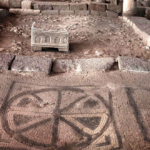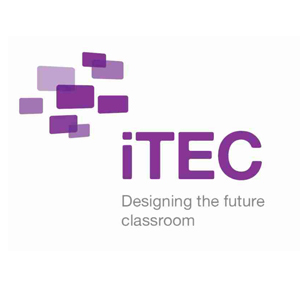C
ambridge is without any doubt one of the most renowned Universities in the world hence their motto: Excellence in Education. But no education comes without results and results need to be examined. We are going to look at how Cambridge’s International Examination, or CIE, works and explore the role of digital technology in this University.
1. CIE Direct
The Cambridge International Examination Direct platform is a secure online tool which supports the University’s exams officers throughout exams cycles. They would use it to complete key administrative tasks associated with exams. We are going to look at a series of tools used on this platform.
Timetables: Exams officers would have access to uploaded Timetables which would help them for their preparations. They can download specific Timetables which only show academic documents that are relevant to their work. This makes it easier for them to organize their documents and safely store what is important.
Dashboard: To submit final entries, exams officers use the Administer Exams Dashboard. From here, they add candidates by entering details individually or by importing a spread sheet. They can, then, submit entries by candidate or academic document. Exams officers can download a number of reports to check that the entry details for their centre are correct, such as timetable class report. They are asked to use the Dashboard to submit an internally assessed mark for every candidate entered for a course work or a speaking task component. Exams officers also need to submit forecast grades for all candidates before a particular exams series, either at the same time or in batches.
Online Results Service: Results are released online through CIE Direct. Exams officers can download results in a variety of formats such as individual statements of results and files containing results for the centre as PDFs or Microsoft Excel spread sheets. CIE direct allows exams officer to give candidates access to their results through the Candidate Results Service. Inquiries may, then, be submitted.
Bulletin Section: Cambridge uses CIE Direct to communicate with exams officers. They would post important messages to the Bulletin Section and upload documents such as fees lists.
All schools offering Cambridge qualification will be set up with access to CIE Direct and login details after they registered. Further support for Cambridge exams officers such as video tutorials is available for the exams officer on the website.
At the end of an exam, students put down their pens and get their results a couple of months later. But what happens in between?
2. CIE’s Marking System
Cambridge International Examinations receives over 8 million answer scripts from all over the world. Every script needs the correct ark so that everybody gets the correct grade.
The first step for making marks is scanning one’s exam script, ready to be reviewed by examiners on a computer. Some exams are marked on paper and some, such as multiple choice, are marked automatically by a computer. For any exam, any student’s work is marked in the same way.
 Cambridge examiners are teachers or experts in their subject. It’s really important that they all mark to the same standard. This means that they mark according to the mark scheme and they all apply the mark scheme in the same way. To make sure this happens, a team of experienced senior examiners get together once the exam is done. They will mark a sample set of scripts using the scheme and will agree on the marks.
Cambridge examiners are teachers or experts in their subject. It’s really important that they all mark to the same standard. This means that they mark according to the mark scheme and they all apply the mark scheme in the same way. To make sure this happens, a team of experienced senior examiners get together once the exam is done. They will mark a sample set of scripts using the scheme and will agree on the marks.
The script marked by the senior team is the standard for all other examiners. Every examiner practices by marking the same scripts as the senior team to make sure they understand how to mark to the same standard. They, then, mark another set of scripts as a test in order to ensure they readiness to mark actual exams. Senior examiners check the marking of every examiner to make sure that they keep marking correctly; if one examiner is not able to mark consistently, they’re asked to stop and are replaced by other examiners.
3. Transforming Marks Into Grades
Now we have marks for every script how do we work out the grades? The script has been marked, but this isn’t a final result. Cambridge turns marks into a grade by using Grade Boundaries.
 Grade boundaries are the minimum marks one needs to achieve a grade. A mixture of statistical evidence and expert judgment is used to agree on the Grade Boundary. This system allows a student not to get a weaker grade just because the paper she or he sat on was more difficult than the previous one. Cambridge tries to make question papers of the same level of difficulty every year but they can vary slightly – Grade Boundaries are used to manage this. Senior examiners carry out final checks on the marking leading to the results.
Grade boundaries are the minimum marks one needs to achieve a grade. A mixture of statistical evidence and expert judgment is used to agree on the Grade Boundary. This system allows a student not to get a weaker grade just because the paper she or he sat on was more difficult than the previous one. Cambridge tries to make question papers of the same level of difficulty every year but they can vary slightly – Grade Boundaries are used to manage this. Senior examiners carry out final checks on the marking leading to the results.
Digital Technology is not only an efficient and sustainable way of taking care of grades. Teachers also use various programs for their lessons. Be sure to read our article on “The Learning Resource Exchange Service Centre”.


















Leave a Reply